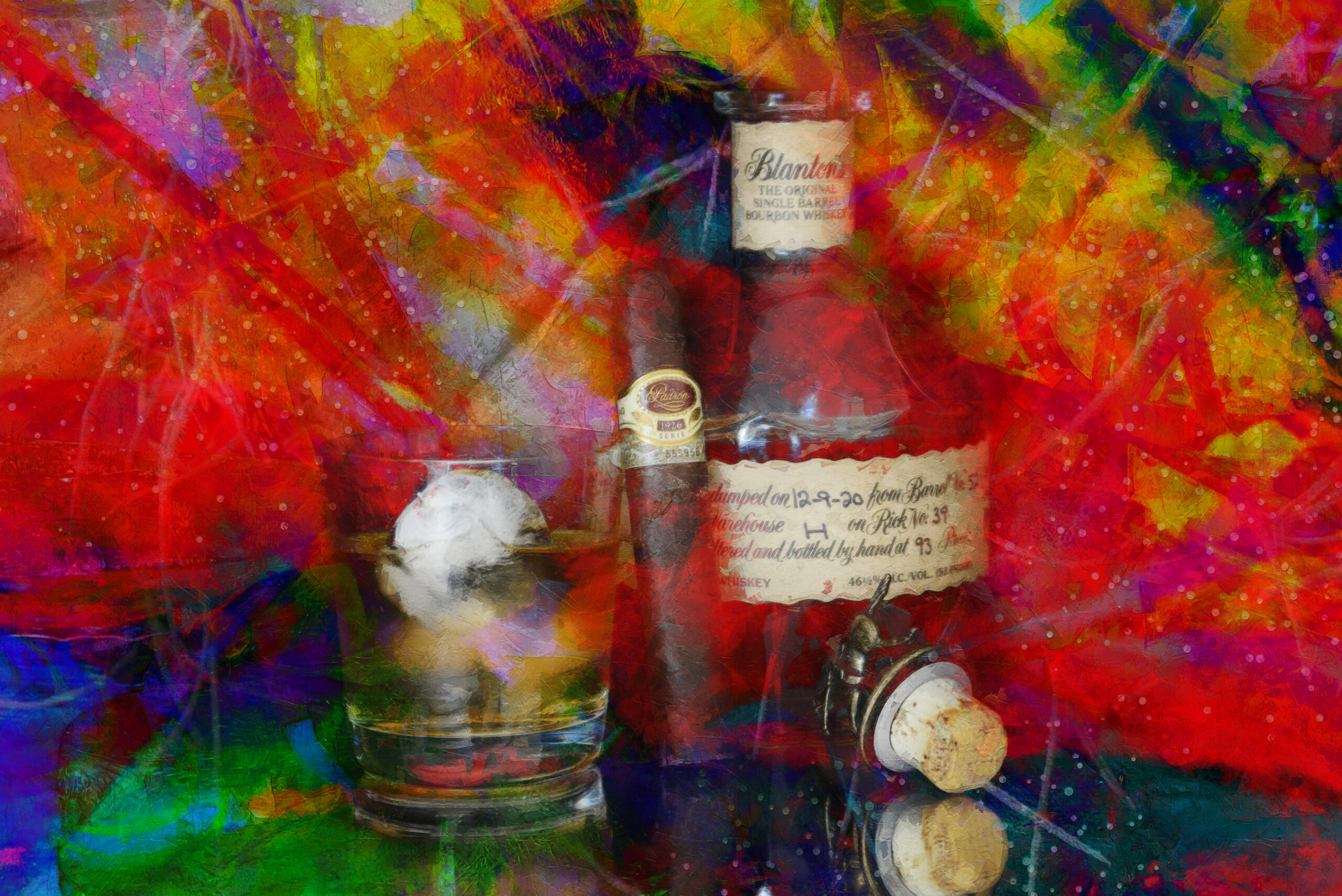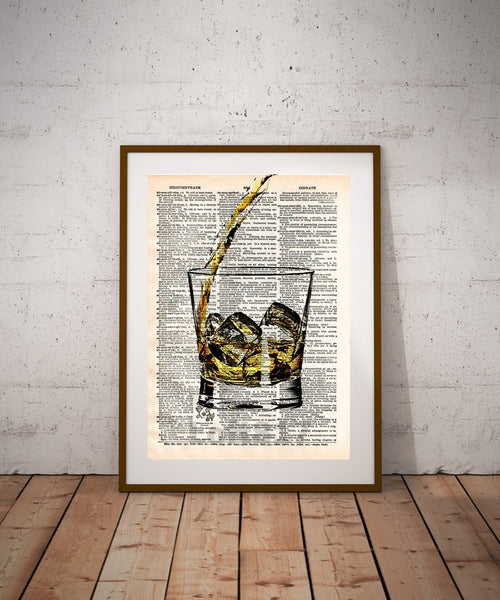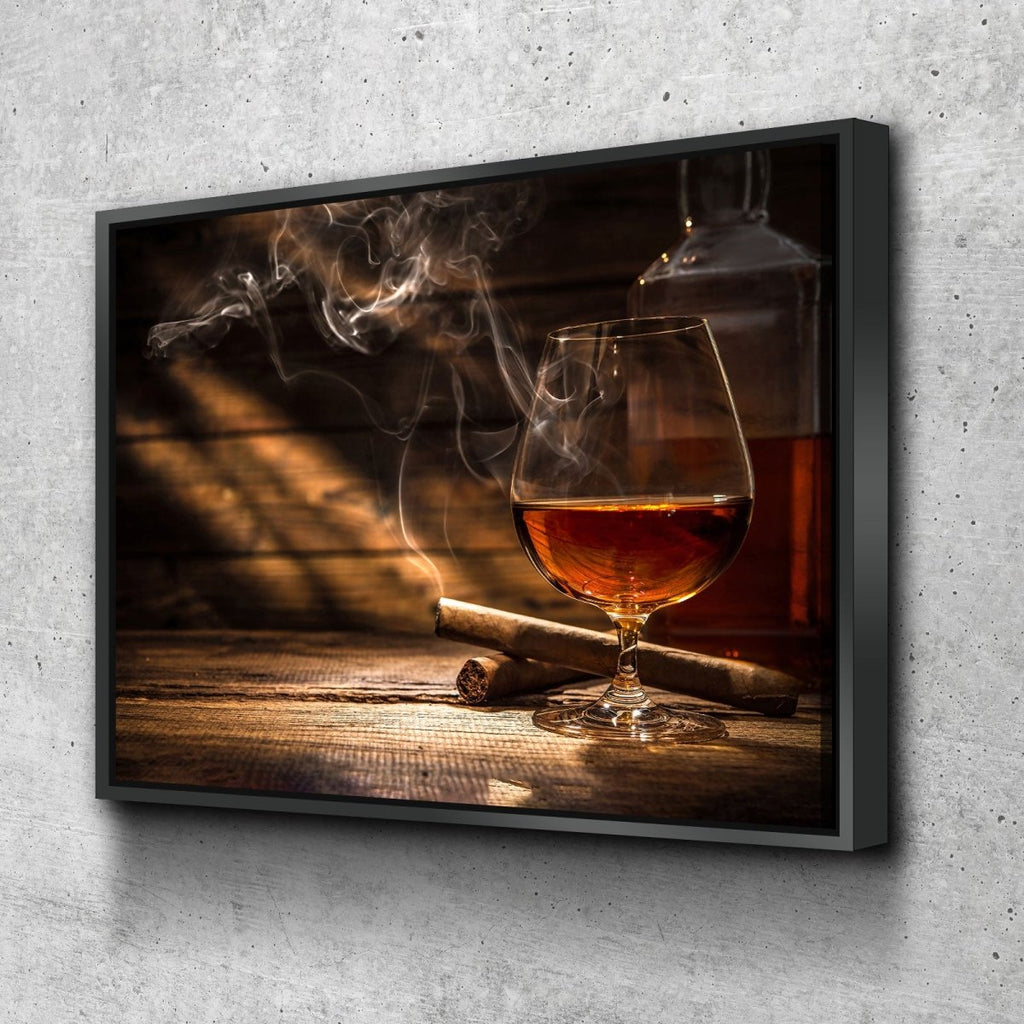Recording the Significance of Bourbon Art Through Distinct Visual Depictions and Designs
The art of bourbon prolongs beyond the fluid itself, showing up with a variety of aesthetic depictions that encapsulate its fabled heritage and craftsmanship. What continues to be to be revealed is exactly how these evolving designs show not only the bourbon itself however also the transforming landscape of creative analysis. Limited Edition.
The History of Bourbon Art

As bourbon manufacturing spread, so too did the need to elevate its experience via art. From the elaborate engravings on very early casks to the sophisticated labels of modern-day bottles, each element shows a distinct imaginative vision, working as an aesthetic narrative of the bourbon's heritage.
In the 18th and 19th centuries, the surge of the industrial change further improved whiskey art, causing innovative packaging and advertising and marketing that captured customer focus. Artists and developers began trying out aesthetic appeals, imbuing whiskey-related images with symbolic meanings that communicated ideas of craftsmanship, tradition, and neighborhood.
Today, scotch art remains to advance, mixing traditional techniques with contemporary art types. Realism Art. This recurring dialogue in between the spirit and its graph underscores the enduring bond between scotch and culture, enhancing the general experience for lovers worldwide
Iconic Bottle Styles
While lots of aspects add to the appeal of whiskey, renowned bottle designs play a pivotal role fit customer assumption and boosting the total experience. The aesthetic discussion of whiskey bottles is not simply a visual factor to consider; it functions as a bridge between the customer and the item, evoking emotions and setting expectations.
Distinctive shapes, products, and closures can raise a scotch brand's identification, making it instantly recognizable on jampacked racks. The classic Glenfiddich container, with its stylish conical silhouette, shares a sense of tradition and workmanship, while the bold, modern-day design of the Balvenie container reflects technology and class. The use of tinted glass or unique appearances can suggest the quality and personality of the bourbon within.
Famous layouts typically include aspects of social heritage, symbolizing the brand's background and link to its roots. Brands like Jack Daniel's make use of a simple, robust layout that reverberates with its American whiskey heritage. Inevitably, the influence of bottle layout extends past mere capability; it envelops the essence of the brand name, welcoming consumers to check out and delight in the abundant tapestry of whiskey society.
Tag Art Work and Branding
Bottle styles commonly set the stage for what consumers can expect, but tag art work and branding play a just as substantial function in interacting a whiskey's identification. The tag works as the first factor of get in touch with between the product and the customer, enveloping the essence of the bourbon within its visual elements.
Reliable label art work integrates typography, imagery, and shade to develop a narrative that reverberates with the brand's heritage and target market. A tag including elaborate images and vintage typefaces might evoke a sense of practice and craftsmanship, appealing to lovers. In comparison, bold colors and modern-day design aspects could attract a younger group looking for development and exhilaration.


Photography and Visual Narration
Capturing the significance of scotch via digital photography and visual narration is an art form that boosts the brand experience. This tool transcends simple product depiction, diving into the intricate stories that surround each bottle. By using compelling images, professional photographers can stimulate emotions that reverberate with consumers, inevitably forging a much deeper link to the scotch brand name.
Visual storytelling in bourbon photography usually uses abundant textures, illumination, and make-up to highlight the distinct characteristics of the spirit. The interplay of light and darkness can accentuate the amber tones of whiskey, while the option of history elements-- such as rustic barrels or sophisticated glassware-- can strengthen the brand name's heritage or way of living organizations.
Additionally, recording the ritualistic aspects of scotch usage, from the putting to the sampling, invites audiences into a sensory experience, enabling them to picture the flavors and scents that await. Each picture not only showcases the item but additionally informs a story of workmanship, custom, and the moments that whiskey can enhance - Limited Edition. Thus, photography ends up being an effective device in expressing the identification of bourbon brand names, placing them within the more comprehensive social landscape
Arising Fads in Scotch Art
The advancement of bourbon art is significantly formed by modern patterns that show wider societal shifts and customer choices. One noticeable fad is the combination of sustainability right into art methods. Artists are now making use of green procedures and recycled materials to create whiskey-themed items, reverberating with ecologically conscious customers. This shift not only highlights the importance of sustainability yet additionally improves the narrative bordering see this page scotch production.
Furthermore, digital art has surged in appeal, permitting cutting-edge representations of bourbon. Artists are leveraging technology to craft immersive experiences, such as enhanced reality installments that engage customers and offer a much deeper understanding of whiskey's cultural significance. This pattern additionally reaches social media sites platforms, where aesthetically striking content gathers focus and fosters neighborhood amongst enthusiasts.
Additionally, cooperations between scotch brand names and musicians are becoming a lot more commonplace. These partnerships produce limited-edition product packaging designs and special art work that commemorate both the workmanship of whiskey and the imagination of musicians. As bourbon art remains to evolve, these emerging patterns will undoubtedly shape its future, promoting a dynamic crossway of society, sustainability, and modern technology within the whiskey community.
Conclusion
To conclude, the art of scotch incorporates a varied selection of aesthetic depictions that mirror its abundant heritage and workmanship. From legendary container layouts and intricate tag art work to engaging digital photography, each component adds to a more comprehensive story that improves the consumer's experience. As arising patterns, such as digital art my link and sustainability, continue to shape this artistic landscape, the complex identity of bourbon continues to be a sustaining resource of cultural connection and expedition.

In verdict, the art of scotch encompasses a diverse selection of aesthetic representations that mirror its abundant heritage and craftsmanship.